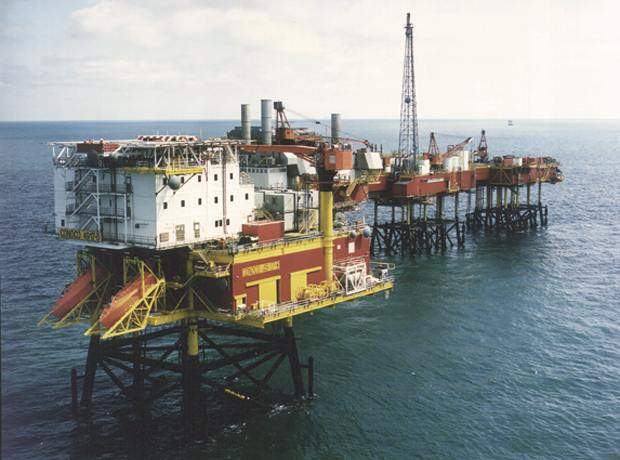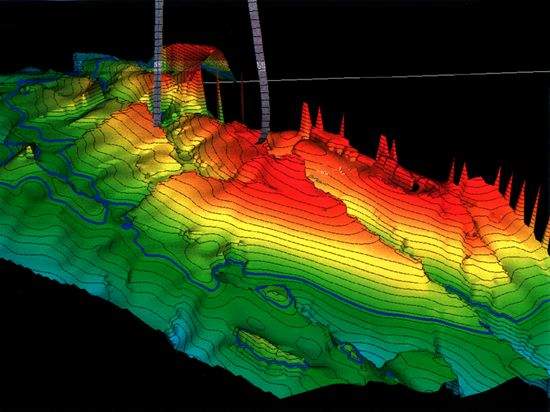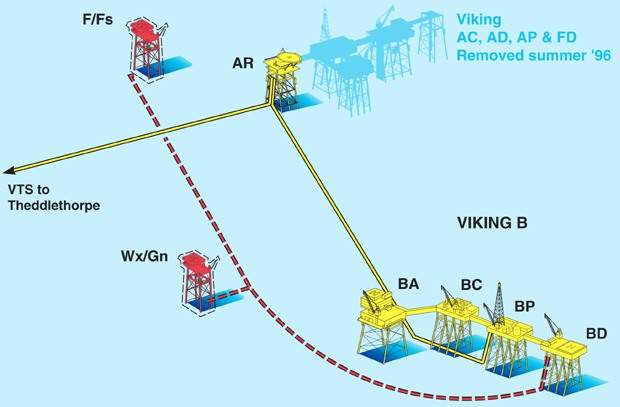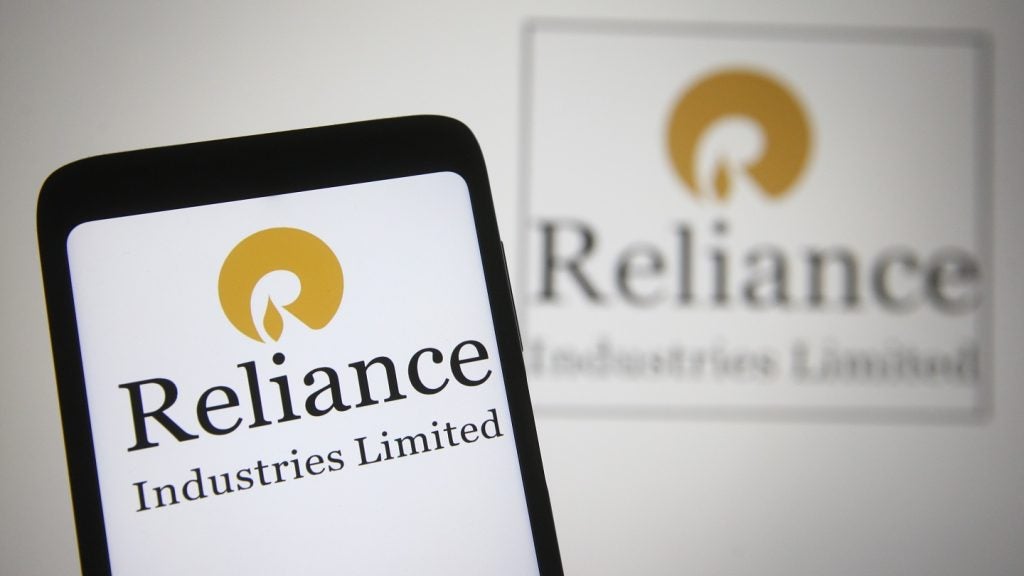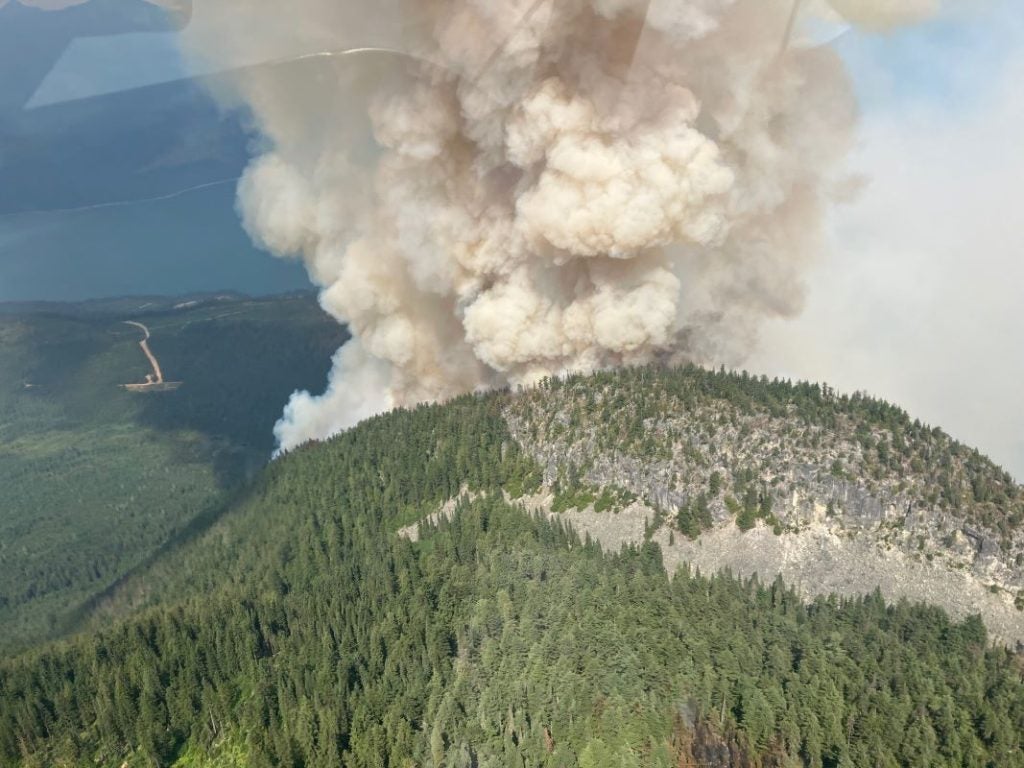With its original reservoirs gradually depleting, Conoco has begun to carry out substantial changes to extend Viking B’s field life well into the next century.
These include an £11m Viking transportation redevelopment, an improved gas-recovery project and the £17m Viking Phoenix project.
Location
Located 86 miles east off the Lincolnshire coast of England, the Viking field lies in water depths between 70-100ft, in blocks 49/12, 49/16 and 49/17.
Recoverable reserves were originally estimated at around 2.89 trillion cubic feet.
Geology
The field is spread over 11 separate reservoirs. Hydrocarbons are contained in Rotliegendes sandstone of Lower-to-Middle Permian age, some 9,000ft below the seabed.
Production to date has totalled 2.815 trillion cubic feet. Newly identified potential in the area will increase reserves to over 3.5 trillion cubic feet.
Existing facilities
At its peak, the field was developed by 13 platforms. There were five units located on Viking North (the Viking A complex) and eight on Viking South (the Viking B complex).
Now, after the removal of the redundant platforms, Viking B is the gas reception and compression facility for its associated six not normally manned steel platforms.
This currently forms the core of the Viking B field infrastructure. Only a single platform from the former Viking A complex now remains.
Viking Phoenix
The Viking Phoenix project will develop a further four reservoirs, located in blocks 49/12a and 49/17, approximately 130km east of the Lincolnshire coast. The reservoirs lie in the Rotliegendes sandstone, at a depth of approximately 8,500ft.
The estimated reservoir life is 15 years. Combined production from the four reserves will be around 300 million standard cubic feet of gas a day.
Development
Two normally unmanned six-slot installations, linked to the Viking B complex, were also planned to develop the reserves. The platform Viking KD, in block 49/12a, produces the F and Fs reservoirs.
The platform Viking LD, in block 49/17, produces the Wx and Gn reservoirs. The water depth at LD is approximately 20m and around 25m at KD.
The design was developed by Brown & Root, in conjunction with Conoco. Safety engineering and design verification were provided by Det Norske Veritas.
Fabrication took place at BARMAC’s Ardersier site, near Inverness.
Viking B
Gas from Viking KD will flow through a 13.5km, 16in-diameter pipeline to the Viking B platform. A subsea tee is used to connect the Viking LD platform to the pipeline.
A project to modernise and automate the Viking B complex with the aim of improving its safety, reliability and cost effectiveness ran in parallel with Phoenix.
It was undertaken by an alliance which included Brown and Root Energy Services, Amec Process and Energy and Det Norske Veritas Asset Integrity Management.
At Viking B, gas from the new and existing reservoirs is processed in a new purpose-built triplex module to separate the liquids and meter the separate streams. Gas is then fed into existing compression facilities for export into the 28in line to the shore, 85 miles away.
Export
Gas is transported from Viking B through the existing Viking Transportation System (VTS) to the Conoco-operated Theddlethorpe terminal in Lincolnshire, where processing facilities have been expanded to handle the greater quantity of liquids that the new fields will produce.
The increase in production required the addition of a 5,000 barrel slug catcher and associated liquid-handling facilities.
Viking A
A major investment in the Viking field is the Improved Gas Recovery Project, which will boost gas recovery and also allow access to the remaining reserves in the Viking A reservoirs.
These plans centre on a new gas-compression module, fitted to the existing Viking Echo satellite platform.
This module will cost around £11m and help to extend the life of this part of the Viking reservoir until the year 2002.


